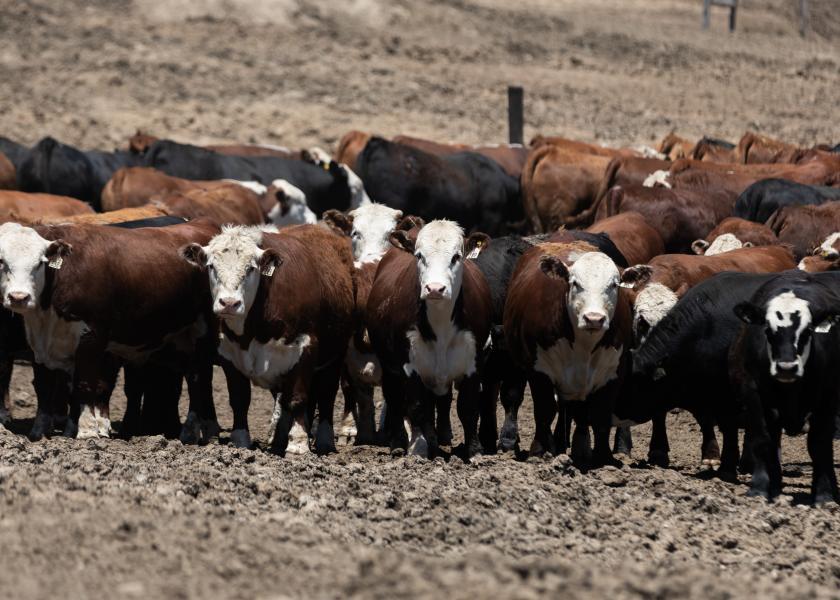Selection for Growth and Carcass Merit

After considering what traits are most economically important to us in our own production and marketing system. Bull selection is critical to maximize the genetic potential of future calf crops to perform in those traits. This week we look specifically at the EPDs we should consider when improving growth and/or carcass merit are among our selection priorities. Selection pressure should be applied based on the intended marketing endpoint of our calf crop.
EPDs for Growth
Weaning Weight (WW) – expressed in pounds, a predictor of a sire’s ability to transmit weaning growth to his progeny as compared to that of other sires.
Yearling Weight (YW) – expressed in pounds, a predictor of a sire’s ability to transmit yearling growth to his progeny as compared to that of other sires.
Residual Average Daily Gain (RADG) – expressed in pounds per day, a predictor of a sire’s genetic ability to transmit post-weaning average daily gain given a constant amount of feed consumed, as compared to that of other sires. Selection for higher RADG will result in more efficient feed conversion in the offspring.
Dry Matter Intake (DMI) – expressed in pounds per day, a predictor of a sire’s genetic ability to transmit feed intake post-weaning.
EPDs for Carcass Merit
Carcass Weight (CW) – expressed in pounds, a predictor of hot carcass weight of a sire’s progeny as compared to that of other sires.
Marbling (Marb) – expressed units of marbling score, predictor of a sire’s ability to transmit marbling as compared to that of other sires. Selection for higher Marb would result in higher beef carcass Quality Grades in finished offspring.
Fat Thickness (FT) – expressed in inches, a predictor of differences in external fat thickness at the 12th rib of a sire’s progeny as compared to that of other sires. Selection for less FT would result in improved carcass cutability in finished offspring.
Ribeye Area (RE) – expressed in square inches, a predictor of a sire’s ability to transmit ribeye size as compared to that of other sires. Selection for higher RE would result in heavier muscled carcasses with higher cutability in finished offspring.
To view Dr. Johnson’s description of what EPDs are on Sunup TV Cow-Calf Corner from March 27, 2021:







